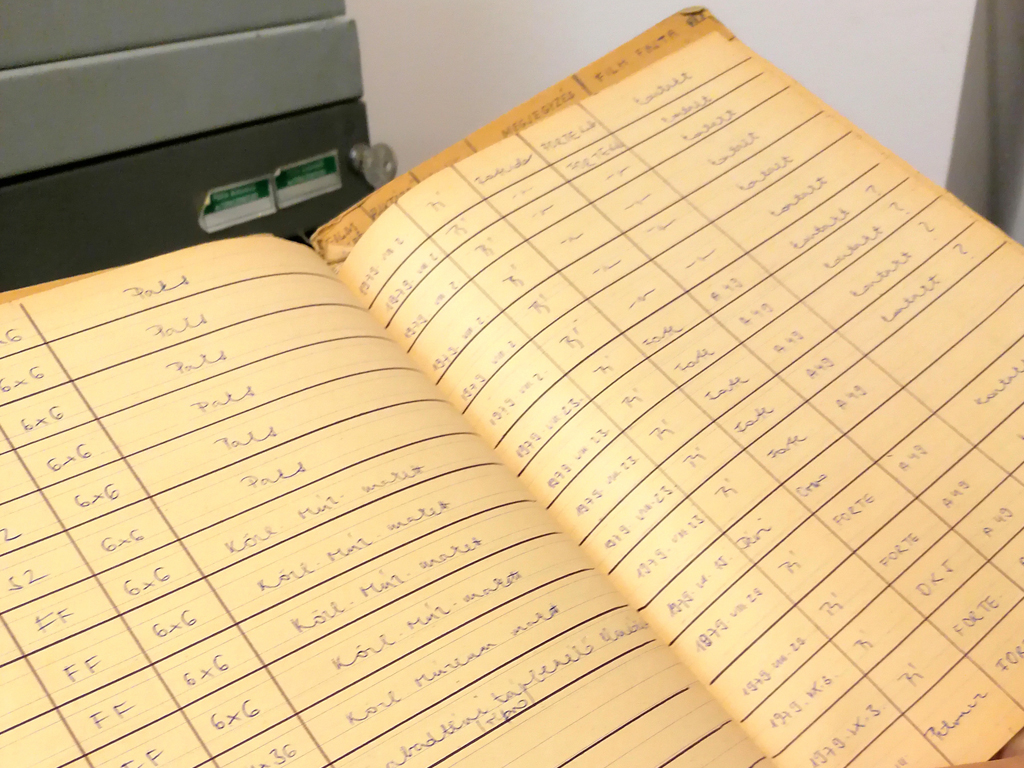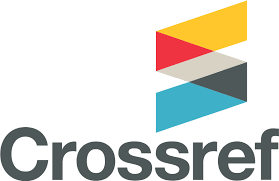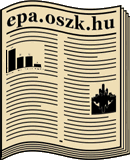The Current State and Future Possibilities of Photo Digitization in Public Collections, Regarding the Főfotó Collection
DOI:
https://doi.org/10.15170/PAAA.2022.09.01.12Keywords:
public collection, digitalisation, artificial intelligence, Főfotó, crowdsourcing, Hungaricana, meta dataAbstract
One of the most important and visually representative materials among the digital contents that are archival photo collections. Digitizing them is also extremely important for protective reasons, as deterioration poses a serious threat to them, even in the most accurately equipped archives. The domestic and international representatives of the public collection sector (GLAM sector = Galleries, Libraries, Archives, Museums) have taken significant steps in the last decade to save photographic materials and mass digitize and publish them. An instructive example is the digitization of the New York Times photo archive with the contribution of Google Cloud. Thanks to the involvement of artificial intelligence, their joint project also brought forward-looking results in the field of database construction. The digitization of the Hungarian MTI Photo Archive was implemented by the following ways: in addition to the tagging performed by the archive staff, algorithms were also used, and progressive experiments are being conducted in the processing of photographs identified on the concept of facial recognition.
The digitization strategies of the larger museums (Ethnographic, Hungarian National, Hungarian Photography) are also worth mentioning, as well as the Public Collection Digitization Strategy (KDS) created to support them. The Lechner Knowledge Center, which preserves the materials of archives, libraries and even former design companies continuously processes and digitizes their photographic material, according to different priorities and opportunities.
Also, within the framework of KDS funding, it was possible to mass digitize the collection of the former news department of the Budapest City Archives. The record books related to the material only provided meta data for half of the images, however, a more thorough piece-level processing of the database was delayed before the images were published. This circumstance and the mass digitization was unprecedented in the Hungarian public collection environment, it raised many questions and provided important lessons both to the custodial collection, to Arcanum Ltd., which carried out the digitization process and online publication, and to crowdsourcing for everyday users involved in identifications of data entries.
Photo: Photographed by the Author
Downloads
References
Barakonyi Szabolcs – Tamási Miklós: A magyar reklámfotózás hőskora. 2020. https://index.hu/fortepan/2020/07/18/a_magyar_reklamfotozas_hoskora/ [2022.07.19.].
Gebauer Hanga: Digitalizálási boom a Néprajzi Múzeum Fénykép- és Rajzgyűjteményében. 2020. https://www.neprajz.hu/hirek/2020/digit_boom.html [2022.07.19.].
Greenfield, Sam: Picture what the cloud can do: How the New York Times is using Google Cloud to find untold stories in millions of archived photos. 2018. https://cloud.google.com/blog/products/ai-machine-learning/how-the-new-york-times-is-using-google-cloud-to-find-untold-stories-in-millions-of-archived-photos [2022.07.19.].
Márkusné Vörös Hajnalka: Cserhát. Veszprém, 2013. (Veszprémi Kaleidoszkóp 1.) (https://library.hungaricana.hu/hu/view/VESM_Vk_01/?pg=0&layout=s) [2022.07.19.].
Márkusné Vörös Hajnalka: Vásárállás. Veszprém, 2015. (Veszprémi Kaleidoszkóp 2.) (https://library.hungaricana.hu/hu/view/VESM_Vk_02/?pg=0&layout=s) [2022.07.19.].
Márkusné Vörös Hajnalka: Püspökkert. Veszprém, 2015. (Veszprémi Kaleidoszkóp 3.) (https://library.hungaricana.hu/hu/view/VESM_Vk_03/?pg=0&layout=s) [2022.07.19.].
Nijsmans, Loes: Our ten proposals for digitising and archiving photographic collections. 2021. https://meemoo.be/en/projects/our-ten-proposals-for-digitising-and-archiving-photographic-collections [2022.07.19.].
Nagy Ágnes: A magánélet dokumentációs univerzuma. Elméleti megfontolások és gyakorlati tapasztalatok a magániratgyűjtés terepén. Levéltári Szemle 71. (2021):2. 56–81.
Podojil, Ed: The evolution of data architecture at The New York Times. 2021. https://cloud.google.com/blog/products/data-analytics/how-the-new-york-times-build-an-end-to-end-cloud-data-platform [2022.07.19.].
Szarka Klára: Fényképek a múltból 1. rész. Fotógyűjtemények és archívumok sorsa a digitális korszakban. Fotóművészet 49. (2006):3–4. http://www.fotomuveszet.net/korabbi_szamok/200634/fenykepek_a_multbol_1_resz [2022.07.19.].
Szarka Klára: Fotógyűjtemények a múltból 2. rész. Fotógyűjtemények és archívumok sorsa a digitális korszakban. Fotóművészet 49. (2006):5–6. http://www.fotomuveszet.net/korabbi_szamok/200656/fotogyujtemenyek_a_multbol_2_resz [2022.07.19.].
Tanner, Simon: The Impact of Digitisation on Photographic Heritage. 2015. https://www.slideshare.net/KDCS/tanner-europeana-photography-leuven-jan-2015 [2022.07.19.].
Török Enikő: Élet az Instagram előtt. 2017. https://aktakaland.wordpress.com/2017/09/15/elet-az-instagram-elott/ [2022.07.19.].

Downloads
Published
How to Cite
Issue
Section
License

This work is licensed under a Creative Commons Attribution-NonCommercial-NoDerivatives 4.0 International License.










